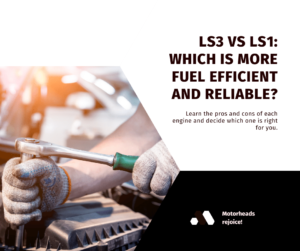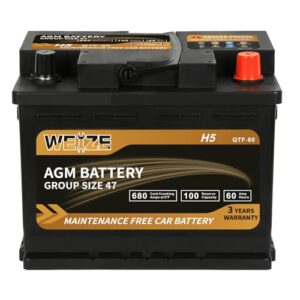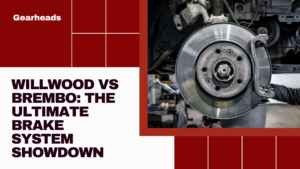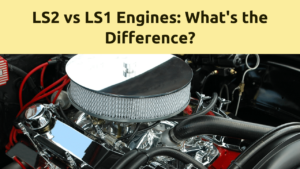Contents
- Introduction
- Panhead vs. Shovelhead: A Tale of Two Iconic Harley-Davidson Engines
- Panhead vs. Shovelhead: A Head-to-Head Comparison
- Advancements and Improvements
- What are the benefits of a 23 degree sbc head compared to an 18 degree sbc head when it comes to engine performance?
- Exploring the Differences Between Panhead and Shovelhead Engines
- FAQs
- Conclusion
Introduction
Harley-Davidson motorcycles have a rich history, and among their iconic engines, the Panhead and Shovelhead stand out. These engines have their unique characteristics, which have contributed to the legendary status of Harley-Davidson bikes. In this article, we will delve into the differences between Panhead and Shovelhead engines, providing you with valuable insights into their design, performance, and historical significance.
Panhead vs. Shovelhead: A Tale of Two Iconic Harley-Davidson Engines
| Feature | Panhead (1948-1965) | Shovelhead (1966-1984) |
|---|---|---|
| Engine Design: | Overhead-valve V-twin, air-cooled | Overhead-valve V-twin, air-cooled |
| Displacement: | 1200cc (74ci) to 1340cc (81ci) | 1200cc (74ci) to 1340cc (81ci) |
| Power: | 40-55 hp | 50-70 hp |
| Torque: | 50-60 lb-ft | 60-70 lb-ft |
| Transmission: | 4-speed manual | 4-speed manual with electric starter optional from 1970 |
| Primary Drive: | Chain | Chain until 1970, then belt drive |
| Suspension: | Telescopic forks, rigid frame | Telescopic forks, optional rear suspension from 1970 |
| Brakes: | Drum brakes | Drum brakes with optional front disc brakes from 1970 |
| Style: | Classic teardrop engine shape, large cylinder heads, rocker boxes | More rectangular engine shape, smaller cylinder heads, shovel-shaped rocker covers |
| Collectibility: | Highly collectible, especially early models | Collectible, with later models being slightly less valuable |
| Riding Experience: | Raw, vintage feel, demanding ride, minimal amenities | Improved comfort and handling compared to Panhead, still a classic Harley experience |
Additional Considerations:
- Both engines require regular maintenance and are not known for their fuel efficiency.
- Parts availability for Panheads might be more limited compared to Shovelheads.
- Both engines have been extensively customized and modified throughout their history.
Overall:
- Panhead: Ideal for purists who cherish the classic Harley-Davidson aesthetic and raw riding experience.
- Shovelhead: Good choice for those who seek a more comfortable and practical vintage Harley ride with improved performance and parts availability.
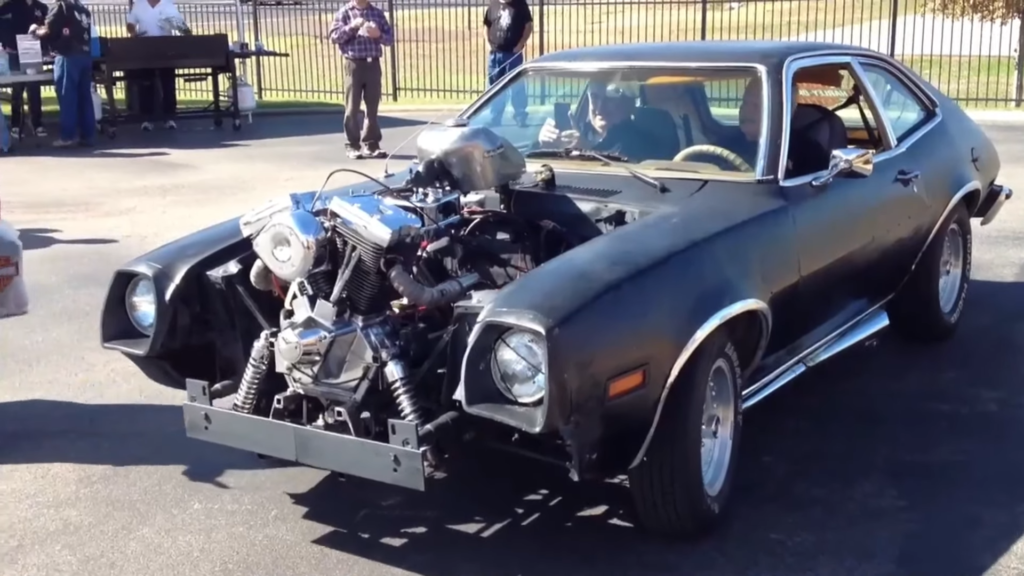
Panhead vs. Shovelhead: A Head-to-Head Comparison
Panhead Engine
The Panhead engine, introduced in 1948, was a significant milestone for Harley-Davidson. It featured distinct overhead valve (OHV) cylinder heads that resembled upside-down pans, hence the name “Panhead.” Let’s explore the key aspects of the Panhead engine:
- Design and Appearance: The Panhead engine is known for its classic appearance, with distinctive pan-shaped rocker covers. Its timeless design still captivates motorcycle enthusiasts today.
- Performance: Panhead engines were available in various displacements, including 61 and 74 cubic inches, offering respectable power for their time. They provided a smooth and reliable ride.
- Historical Significance: The Panhead engine marked Harley-Davidson’s transition from Knucklehead engines, setting the stage for further innovations.
- Maintenance: While the Panhead was reliable, it required more frequent maintenance compared to modern engines. Regular adjustments of the valve train were necessary to keep it running smoothly.
Shovelhead Engine
The Shovelhead engine succeeded the Panhead in the early 1960s, earning its name due to its distinctive shovel-shaped rocker covers. Let’s delve into the Shovelhead engine’s characteristics:
- Design and Appearance: Shovelhead engines maintained the classic Harley-Davidson look but featured shovel-like covers. Their design appealed to riders who appreciated both tradition and innovation.
- Performance: Shovelhead engines ranged from 74 to 80 cubic inches, providing increased power and torque. They offered a smoother ride than Panheads and were suitable for long-distance cruising.
- Historical Significance: The Shovelhead era saw Harley-Davidson’s expansion and continued popularity among riders. It bridged the gap between the Panhead and the later Evolution engines.
- Maintenance: Similar to Panheads, Shovelheads required regular maintenance, with valve adjustments being a crucial aspect. However, advancements in engineering made maintenance slightly easier.
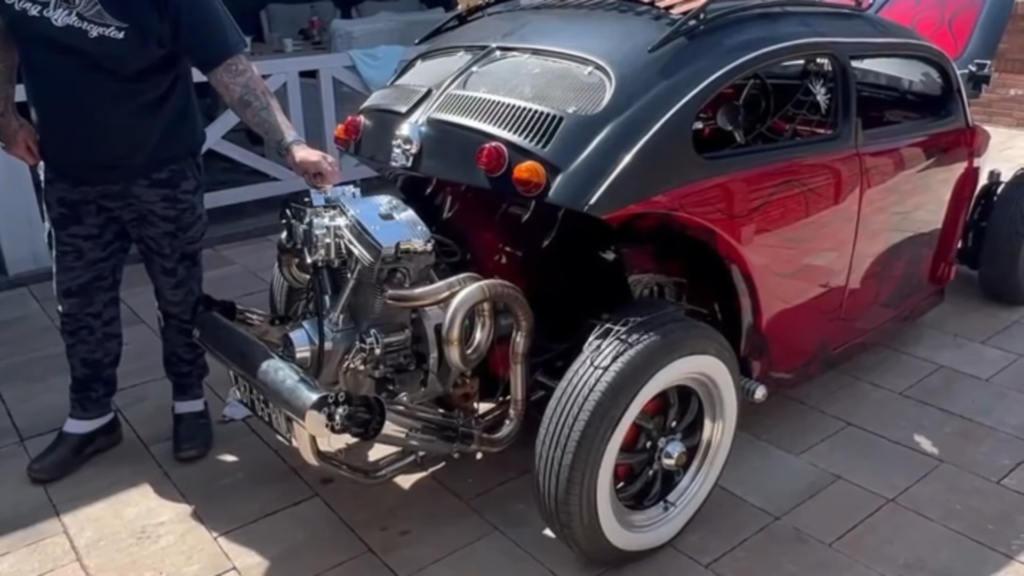
Advancements and Improvements
Both Panhead and Shovelhead engines contributed significantly to Harley-Davidson’s legacy. While they shared common traits, such as air-cooling and V-twin configurations, the Shovelhead brought improvements, including:
- Improved Cooling: Shovelheads featured better cooling systems, reducing the risk of overheating during long rides.
- Increased Displacement: Shovelhead engines offered larger displacement options, enhancing performance and torque.
- Electric Start: Some Shovelhead models introduced electric starters, making it more convenient to fire up the engine.
What are the benefits of a 23 degree sbc head compared to an 18 degree sbc head when it comes to engine performance?
The 18 degree and 23 degree sbc heads offer distinct advantages for engine performance. The 23 degree sbc head provides better airflow, resulting in increased power and torque. On the other hand, the 18 degree sbc head allows for tighter valve angles, enhancing combustion efficiency. Both heads have their benefits, but the choice ultimately depends on the specific goals and requirements of the engine.
Exploring the Differences Between Panhead and Shovelhead Engines
As we explore the differences between Panhead and Shovelhead engines, it’s essential to recognize their shared heritage and the influence they had on Harley-Davidson’s evolution. These iconic engines embody the spirit of American motorcycle culture, and their enduring appeal continues to inspire riders and collectors alike.
FAQs
Q: Which engine is considered more reliable, the Panhead or the Shovelhead?
A: Both engines were reliable in their own right, but the Shovelhead introduced improvements in cooling and performance, making it slightly more dependable for long rides.
Q: Can Panhead and Shovelhead engines be upgraded with modern components?
A: Yes, many enthusiasts upgrade these classic engines with modern components to enhance performance and reliability.
Q: Were there any famous Harley-Davidson models that featured Panhead or Shovelhead engines?
A: Yes, the Panhead-powered FL series and the Shovelhead-powered FLH series are among the most iconic Harley-Davidson models.
Q: Which engine is more sought after by collectors today?
A: Both engines have their dedicated fan base, but Shovelhead-powered models tend to be more sought after due to their improved performance.
Q: Are there any notable custom builds using Panhead or Shovelhead engines?
A: Absolutely, many custom bike builders use these engines as a foundation for creating unique and personalized motorcycles.
Q: What led to the eventual replacement of the Shovelhead engine?
A: The Shovelhead was succeeded by the Evolution engine, which brought further advancements in performance, reliability, and ease of maintenance.
Conclusion
In conclusion, exploring the differences between Panhead and Shovelhead engines unveils the fascinating history and evolution of Harley-Davidson’s iconic powerplants. These engines have left an indelible mark on motorcycle culture, and their enduring popularity continues to make them cherished by enthusiasts and collectors worldwide.
============================================
Affiliate Disclosure: As an Amazon Associate, I earn from qualifying purchases made through links on this site.


